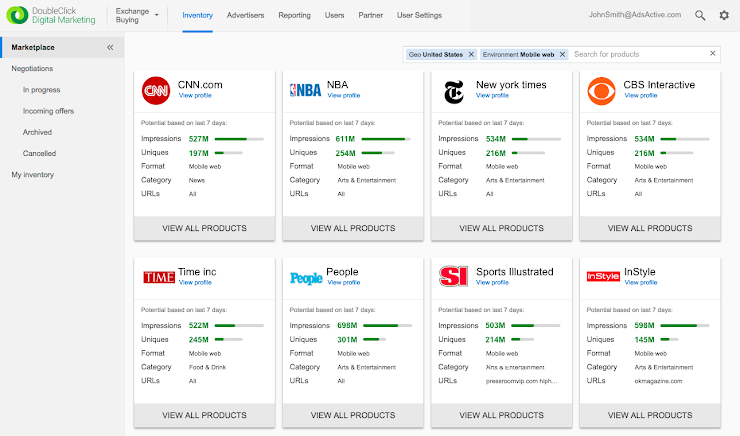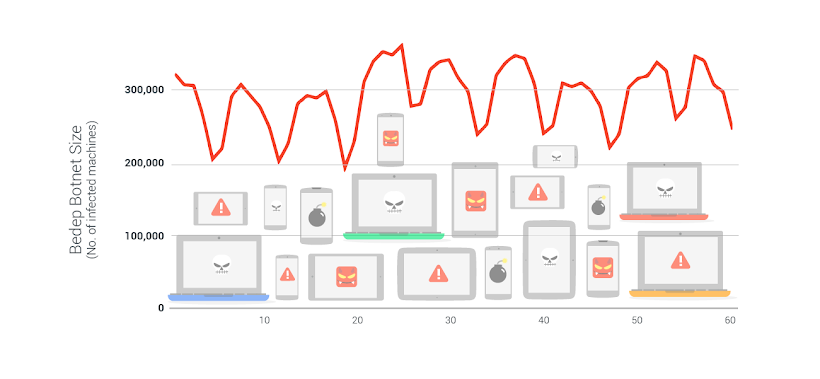Speed matters, particularly on mobile devices. People are likely to abandon websites after just three seconds if the content doesn’t load quickly. This is bad for the user trying to access content, and also for the publisher whose business depends on users engaging with content. That’s why, last October, we joined others across the industry to announce the Accelerated Mobile Pages (AMP) Project, an open source initiative to make the mobile web as fast as possible.
Earlier today, Google announced that web pages created using AMP will appear when relevant in the Top Stories section of the search results page, giving users a lightning-fast experience --- early tests have found that AMP pages load an average of four times faster and use 10 times less data than equivalent non-AMP pages.

A key goal of the AMP Project is to ensure that publishers’ existing business models are supported. To that end, AMP in Search will have what could be termed as version one of some new features aimed at helping publishers earn money and understand and engage their audience. Full details are on Github and on the AMPProject.org site, but here are the highlights:
- Ads: Advertising pays for a lot of the great journalism that we all love to read for free, so it’s essential that publishers can run ads on AMP pages with the ad servers and networks of their choice, in multiple formats (including native ads), and with full control over where they appear on the page. AMP also supports the new viewability metrics advertisers and publishers use to measure how users are engaging with ads. Currently publishers can choose from more than 20 ad tech providers who have developed support for AMP, including DoubleClick and AdSense. You can read more about the ads support in AMP in general here and specifically about DoubleClick for Publisher's support for AMP here.
- Subscriptions: For many publishers, subscriptions and paywalls are critical to the bottom line. AMP lets publishers retain full control over which readers can access which stories, to ensure that publishers can continue to make money via subscriptions on their AMP pages. Visit Github for more details on subscriptions in AMP.
- Analytics: Analytics are important to publishers because they help them understand what people like to read and how they read. AMP provides an analytics framework that lets publishers measure data like pageviews, users, time spent, and more. The insights provided by these kinds of metrics can help publishers create appealing stories, build brand loyalty and ultimately make money. Learn more about the analytics support in AMP here and specifically about Google Analytics in AMP here.
While we’re excited to have collaborated with the industry to bring this project forward and improve the mobile web for users, we’re just scratching the surface of what’s possible. There’s much work ahead for the open source AMP project and we’re looking forward to the benefits this will bring to users, publishers and advertisers
Posted by Craig DiNataliDirector, Global Partnerships
Nitin Kashyap
Product Manager









